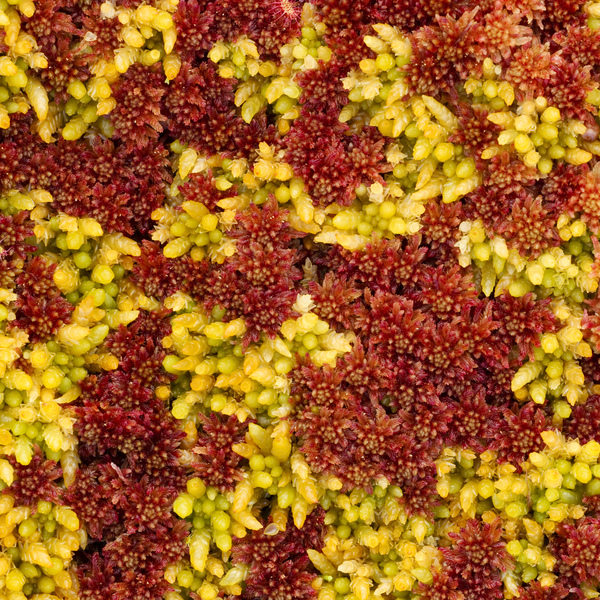Key Facts
- Height: 5cm
Sphagnum mosses are the amazingly multi-coloured living carpets of moss found in wet places like peat bogs, marshland, heath and moorland.
When seen up close, they are very beautiful, but they also play a very important role in the creation of peat bogs: they hold water in their spongy forms long after the surrounding soil has dried out. In this way, they provide essential nutrients to the soil and help to prevent the decay of dead plant material which gets compressed over hundreds of years to form peat.
How to Identify
There are at least ten species of Sphagnum moss in the UK, which are very difficult to tell apart. These species range in colour from red and pink, to orange and green. Sphagnum moss plants are very small, but they grow together in close proximity forming spongy carpets; ‘hummocks’ are even created when the mosses grow together to form large mounds up to a metre high.
Where to find
Widespread.
How people can help
Peat is a precious resource that can take thousands of years to form. Peat bogs are important habitats for a whole range of species from Sphagnum mosses to Bog Bush-crickets, Hen Harriers to Adders. However, our peat bogs have been overexploited by the commercial extraction of peat, particularly for horticulture. You can help these precious habitats: buy peat-free products for your garden, make your own compost and don’t buy plants grown in peat. These simple measures can help save our rare and fascinating peat bogs. To find out more about peat-free gardening download our simple guide.
Did you know?
Sphagnum mosses can soak up more than eight times their own weight in water.
Similar Species
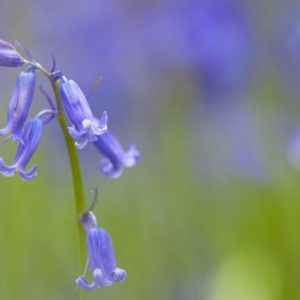
Bluebell
- Wildflowers
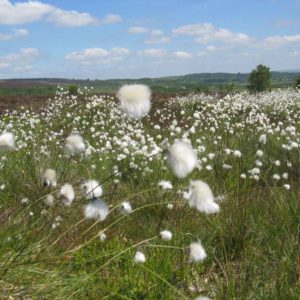
Common Cotton-Grass
- Wildflowers
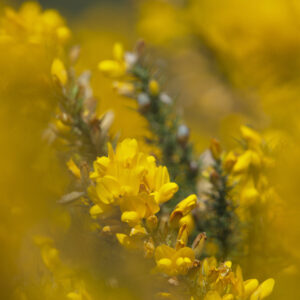
Gorse
- Wildflowers
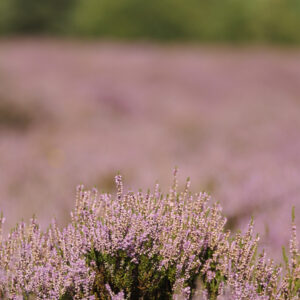
Heather
- Wildflowers
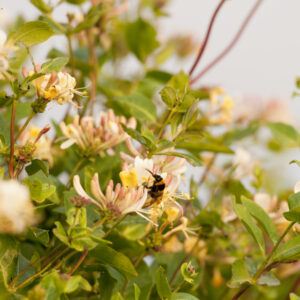
Honeysuckle
- Wildflowers
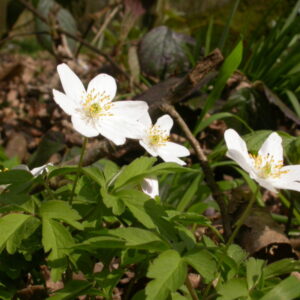
Wood Anemone
- Wildflowers
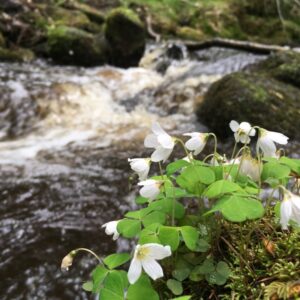
Wood Sorrel
- Wildflowers
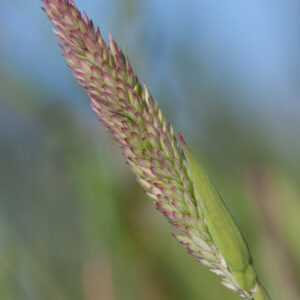
Yorkshire Fog
- Wildflowers
